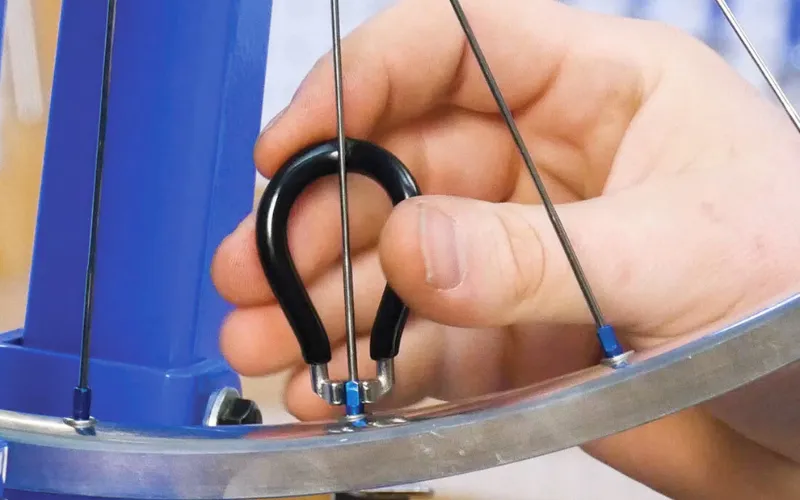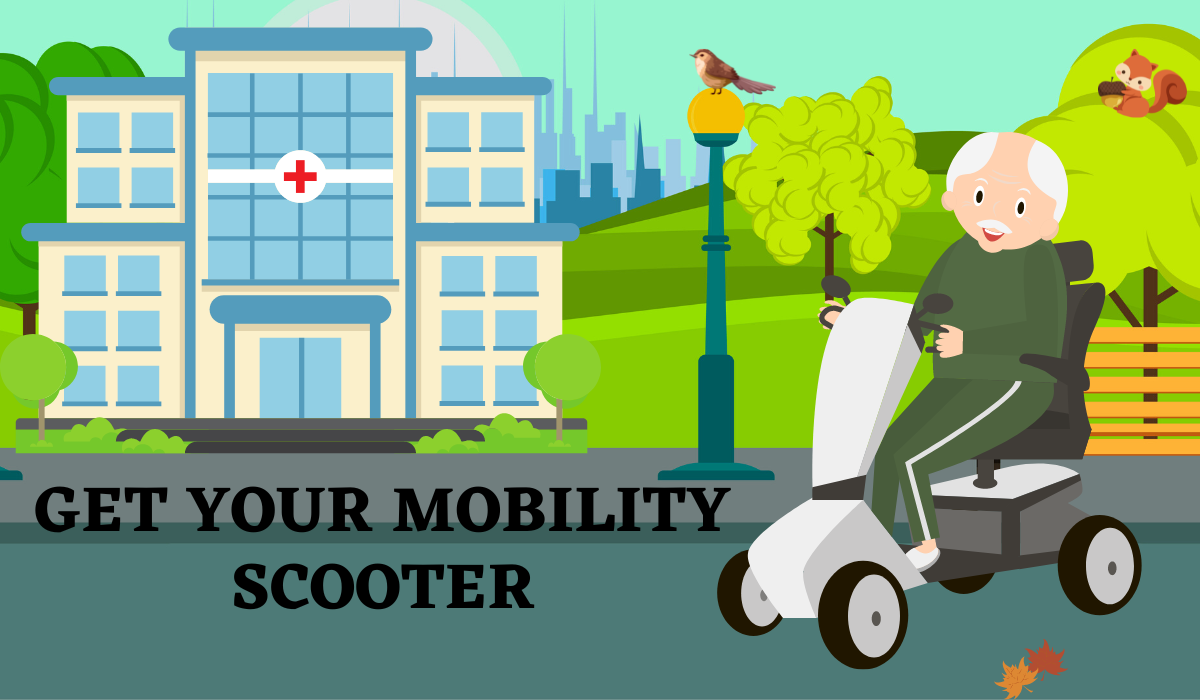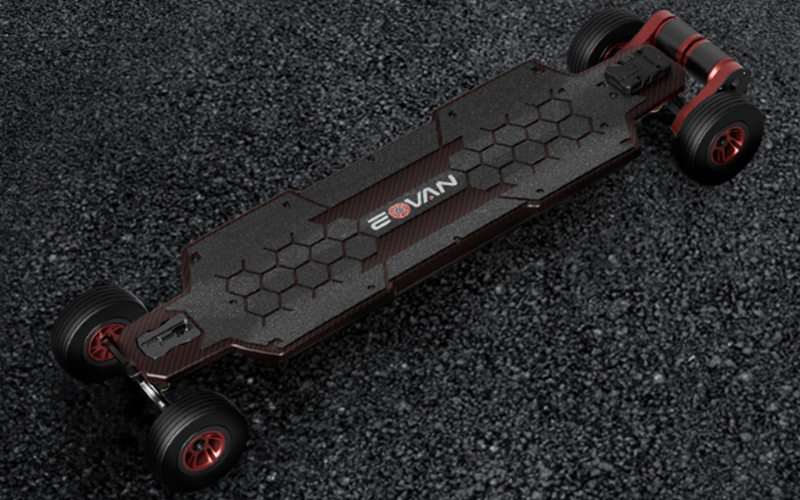The electric scooter brakes are the essential feature of every scooter. You need to press down the brake lever to stop your electric scooter. Several kinds of electric brakes can be used on electric scooters.
It will engage the brake pads and slow down the wheel. The amount of pressure you have to apply on the electric scooter brake lever will depend on the type of brake you have.
Do you want to know why your E-scooter brakes need to be upgraded or replaced? Run down to this blog because I’ll tell you everything about upgrading and replacement. You can also explore details about troubleshooting and brake types of electric scooters for a clear picture.
Rear & Front Brake System
Regarding electric scooters, two basic brake systems are used: electric scooter rear brake and front brakes. Each brake type has advantages and disadvantages, so choosing the right brake for your needs is essential.
Rear brakes are more potent than front ones, making them ideal for heavier riders or use in hilly terrain. But, rear brakes are more challenging to control than front brakes, so they’re not always the best choice for beginners.
Compared to rear brakes, the front brakes are easier to control, making them an excellent choice for lighter riders and flat terrain. However, front brakes don’t provide as much stopping power as rear brakes.
Types of E Scooter Brakes
The mechanical and electronic are the two types of electric scooter brakes. Each type has its advantages and disadvantages. Mechanical brakes are the most common type of brake on electric scooters. However, electronic brakes are becoming more popular on electric scooters.
They typically provide better stopping power than mechanical brakes and can last longer. But, electronic brakes are expensive and require complete maintenance. Different types of e scooter brakes are available on the market with unique perks and pitfalls. Some types of brakes are disc, semi-hydraulic, and cable.
Disc Brakes:
The most known brake on E scooters is the disc brake for electric scooters. Disc brakes (rotor brakes) work by pressing brake pads against a rotating disc. It creates friction, which slows the scooter down. They are more effective than drum brakes and are less likely to overheat.

Hydraulic Brakes:
Hydraulic fluid transfers force from the brake lever to the brake pads, which press against the rotor to slow the scooter down. The Hydraulic brakes are typically more powerful than mechanical ones and are less likely to experience brake fade (when the brake pads get too hot and lose effectiveness).

| Preview | Product | Price | |
|---|---|---|---|

| TOBWOLF 1 Pair MTB Disc Brake Set, Hydraulic Disc Brake Kit with 160mm Rotors, Left Front 81cm &… | $45.99 | View at Amazon |
Semi-Hydraulic Brakes:
It is a very much appreciated and trusted e-scooter brake. The semi-hydraulic brake transfers force from the lever to the caliper using hydraulic fluid.

| Preview | Product | Price | |
|---|---|---|---|

| catazer MTB Road HB-100 MTB Road Line Pulling Hydraulic Disc Brake Calipers Front & Rear Mountain… | $41.99 | View at Amazon |
Cable Brakes:
One of the least popular e-scooter brakes is the cable brake. It uses a cable connected to the brake handle and pad. When you squeeze the brake handle, the cable will pull the brake pad against the wheel’s rim, causing the e-scooter to slow down or stop.
Moreover, cable brakes are simple to operate and maintain, making them an excellent choice for those new to e-scooters.

Drum Brakes:
Drum brakes are less standard than disc brakes but can be found on some older e-scooters. They work by using a set of brake shoes to press against the inner wall of a spinning drum. It creates friction, which slows the scooter down. Disc brakes are more effective and less likely to overheat than drum brakes.

Foot Brakes:
A lever operates the foot brake on the handlebars. The foot brake is connected to the rear wheel via a cable; when the lever is applied, the brake pad presses against the wheel, slowing it down.
Foot brakes are generally considered the most reliable and effective for scooter lovers. They are convenient to use and need nominal maintenance.

Regenerative Brakes:
Regenerative brakes are becoming more and more popular on electric scooters. They work by using a motor to generate electricity when the scooter is braking.
This uniquely manufactured electricity is then used to recharge the scooter’s battery, which can extend the range of the scooter. These brakes are more effective than the traditional ones and can help develop the scooter’s range.

Electronic Brakes:
Electronic brakes are the newest and the most efficient type. They use sensors to detect when the scooter is slowing down and automatically apply the brakes.
The electronic brakes work by using a motor to slow down the scooter. Its motor is connected to the wheels, and when you apply the brake, the motor slows down the wheels. This type of brake is very efficient and can stop the scooter immediately.

Upgrades for Electric Scooter Brake Parts
Usually, electric scooter brake upgrades are suitable for their proper working. So, you can make a few upgrades to them. One is to upgrade the brake pads with a higher quality set.
Another is to install a new brake rotor. Finally, you can also upgrade the brake calipers. Here, I will describe each of these options for a better idea.
Brake Pads:
One of the essential parts of the braking system is the brake pads in an electric scooter. These brake pads provide the friction needed to stop the scooter. While upgrading the brake pads, you need to look for a set made from high-quality material. It will help ensure they last longer and provide better braking power.
Brake Rotor:
The brake rotor also plays a vital role in the system. They provide an even smoother surface for the brake pads for grip.
When it comes to upgrading the brake rotor, you want to look for one that is made from high-quality material. It ensures that it lasts longer and provides better braking power.
Brake Calipers:
Finally, the brake calipers hold the brake pads in place. It will help ensure they last longer and provide better braking power. When upgrading the brake calipers, you need to find a set made from high-quality material.
Procedure
Replacement of Electrical Brake System
The electrical brake system in an electric scooter is responsible for stopping the scooter when the rider steps on the brake pedal.
Over time, the e scooter brake pads and other system components can wear out and need to be replaced. If the pads are worn, here are the steps for electric scooter brake replacement in an electric scooter.
Remove the Old Brake Pads:
- Start by removing the old brake pads from the scooter.
- Once the screws are removed, the pads should come off quickly.
- Inspect the pads for wear and tear. If they are excessively worn, you will need to replace them.
Install the New Brake Pads:
- To install new brake pads, you must reverse the process.
- Be sure to tighten the screws securely, so the pads do not lose while riding.
- At the end, test the brakes by riding the scooter and applying them.
Second, you must be aware of your surroundings when riding your scooter. It means being aware of potential obstacles in your path and being prepared to stop if necessary. Lastly, it would help if you were prepared to stop in an emergency. This means having a plan in place in case you need to stop quickly and knowing how to use your brakes effectively in a crisis.
How do electric scooter brakes work?
Electric scooter brakes work by using a motor to slow down the wheels. The motor is connected to the wheels through a series of gears, and when the motor is turned on, it will cause the gears to turn and slow the wheels down.
How do I know if my E-scooter brakes are working correctly?
You can do a few things to test if your E-scooter brakes are working correctly. Try riding your scooter down a gentle slope or at a moderate speed and see if the brakes slow the scooter down as you apply them.
What are some common problems with electric scooter brakes?
One common problem with electric scooter brakes is that they may not work well in cold weather. The motor that powers the brakes can freeze up in cold temperatures. If you live in an area with cold winters, you may consider getting a set of winter-specific brakes for your scooter.
How can I prevent problems with my E-scooter brakes?
First, keep your scooter clean and free of dirt and debris. It will help to prevent the brakes from getting clogged. Second, avoid riding in wet or icy conditions whenever possible. It can also cause the brakes to become clogged or freeze up.
Last update on 2025-06-24 / Affiliate links / Images from Amazon Product Advertising API




